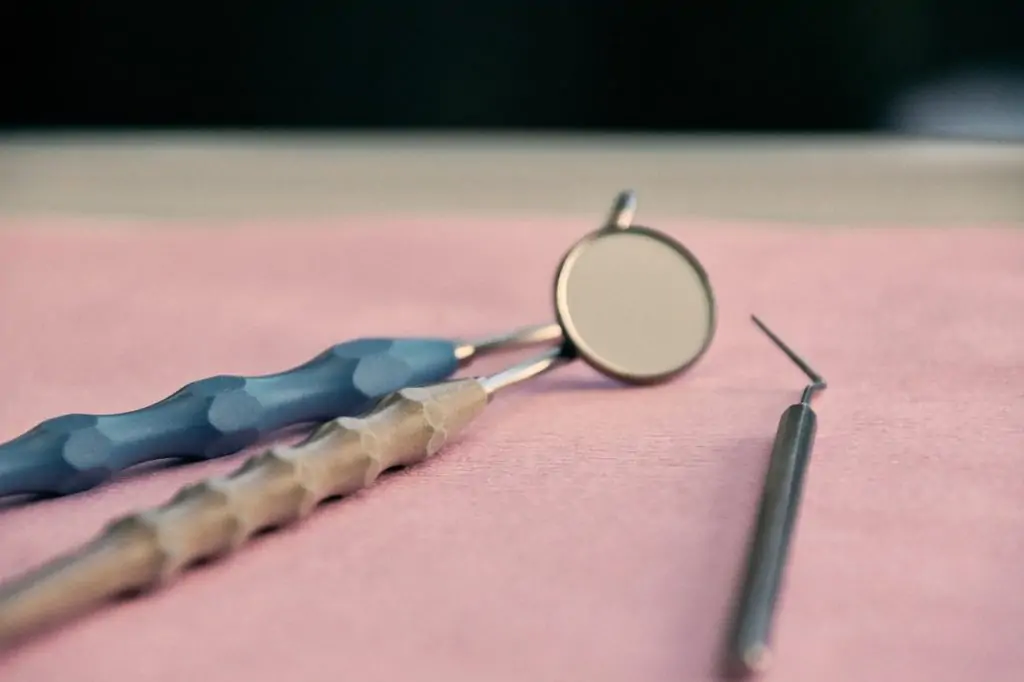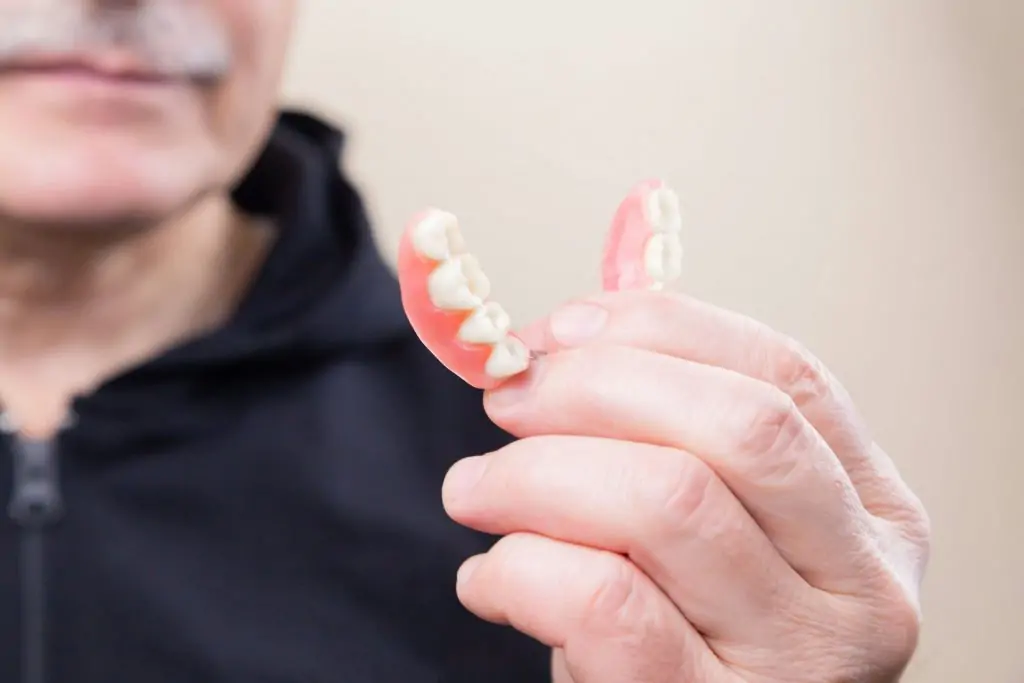
Oral surgery, a critical component of dental health care in Alberta, is a specialized practice that addresses various conditions, from wisdom tooth extraction to corrective jaw surgery. While these procedures are generally safe, they carry inherent risks, as does any surgical intervention. Understanding these risks is essential for Albertans seeking oral surgery, ensuring informed decisions and optimal outcomes.
Preoperative Evaluation: The First Step to Safety
Before diving into the risks, it’s crucial to highlight the importance of a thorough preoperative evaluation. Alberta’s oral surgeons adhere to stringent guidelines, assessing each patient’s medical history, current health status, and specific needs. This evaluation is pivotal in identifying any existing conditions that might elevate surgical risks, such as diabetes, hypertension, or heart disease.
Common Risks of Oral Surgery
- Infection: One of the most common risks in any surgery, including oral procedures, is infection. Despite rigorous sterilization and hygiene protocols in dental surgeries, the mouth is naturally full of bacteria, and the introduction of surgical instruments or incisions can lead to infections. These can range from minor, affecting only the area of surgery, to more serious ones that might require additional treatment or medication.
- Bleeding: Oral surgeries often involve incisions or removal of tissue, which can lead to bleeding. While some bleeding is normal, excessive bleeding can be a risk, particularly for patients with bleeding disorders or those taking medications that thin the blood. Surgeons usually take measures to control bleeding during the procedure, and proper aftercare is crucial to prevent ongoing bleeding post-surgery.
- Nerve Damage: In some oral surgeries, especially those involving extraction of lower wisdom teeth or dental implant placement, there’s a risk of nerve damage. This can result in temporary or, in rare cases, permanent numbness, tingling, or pain in the tongue, lower lip, chin, or teeth. Surgeons typically assess this risk preoperatively using imaging studies and plan the surgery to minimize nerve disturbance.
- Dry Socket: This is a specific complication following tooth extraction, particularly common after wisdom teeth removal. A dry socket occurs when the blood clot that’s supposed to form in the socket (where the tooth was) either doesn’t form properly or gets dislodged before the wound has healed. This can expose bones and nerves, leading to significant pain and delayed healing. Good oral hygiene and following postoperative instructions are key to preventing this condition.
- Reaction to Anesthesia: Oral surgeries usually require local or general anesthesia. While anesthesia is generally safe, there’s always a slight risk of adverse reactions, including allergic reactions, nausea, vomiting, or more serious complications like heart or respiratory issues. Preoperative assessment of the patient’s medical history helps to minimize these risks, and anesthetists are trained to monitor patients closely during the procedure.
- Swelling and Bruising: Postoperative swelling and bruising are common, especially in more extensive procedures. While not usually serious, they can be uncomfortable and affect appearance temporarily. Applying cold packs and taking anti-inflammatory medications can help manage these symptoms.
- Delayed Healing: Some patients, particularly those who smoke, have certain chronic conditions, or are on certain medications, may experience slower healing after oral surgery. This can increase the risk of complications such as infection or prolonged discomfort.
Addressing the Unique Challenges in Alberta
Alberta’s diverse population and geography pose unique challenges in oral surgery. Rural communities may have limited access to specialized care, making preoperative planning and postoperative follow-up more complex. Additionally, Alberta’s harsh winters can impact recovery, necessitating additional precautions.
The Role of Technology in Mitigating Risks
Advancements in technology play a significant role in reducing oral surgery risks. Alberta’s dental facilities often utilize 3D imaging and computer-guided surgery to enhance precision and reduce complications. Telemedicine also offers a promising avenue for preoperative consultations and follow-up care, particularly in remote areas.
Patient Education: A Key Component
Patient education is vital. Alberta’s oral health practitioners prioritize educating patients about the risks, the importance of following preoperative instructions, and the necessity of maintaining good oral hygiene post-surgery. This knowledge empowers patients, making them active participants in their care.
Postoperative Care: Ensuring a Smooth Recovery
The postoperative phase is critical. Alberta’s oral surgeons provide detailed care instructions, which may include medication management, dietary restrictions, and oral hygiene practices. Adherence to these guidelines is crucial in preventing complications like infections or prolonged bleeding. Learn more about invisalign treatment.
The Importance of Choosing the Right Surgeon
Selecting a qualified and experienced oral surgeon is paramount. Alberta boasts a wealth of skilled professionals, but patients should research and choose a surgeon who is not only technically proficient but also one who communicates effectively and empathizes with their concerns.
The Impact of Lifestyle Factors
Lifestyle factors such as smoking or poor nutrition can significantly impact the risks and recovery from oral surgery. Alberta’s healthcare providers often work collaboratively with patients to address these factors, offering guidance and resources to optimize surgical outcomes.
Navigating Insurance and Financial Aspects
Understanding the financial aspects, including insurance coverage, is crucial for patients in Alberta. Oral surgeries can be a significant financial undertaking, and being well-informed about costs, insurance claims, and available financial assistance programs is essential.
Conclusion
Oral surgery in Alberta, like any medical procedure, carries risks. However, with careful planning, skilled practitioners, and informed patients, these risks can be effectively managed. The journey through oral surgery should be one of collaboration, understanding, and trust, ensuring the best possible outcomes for those who embark on it.




